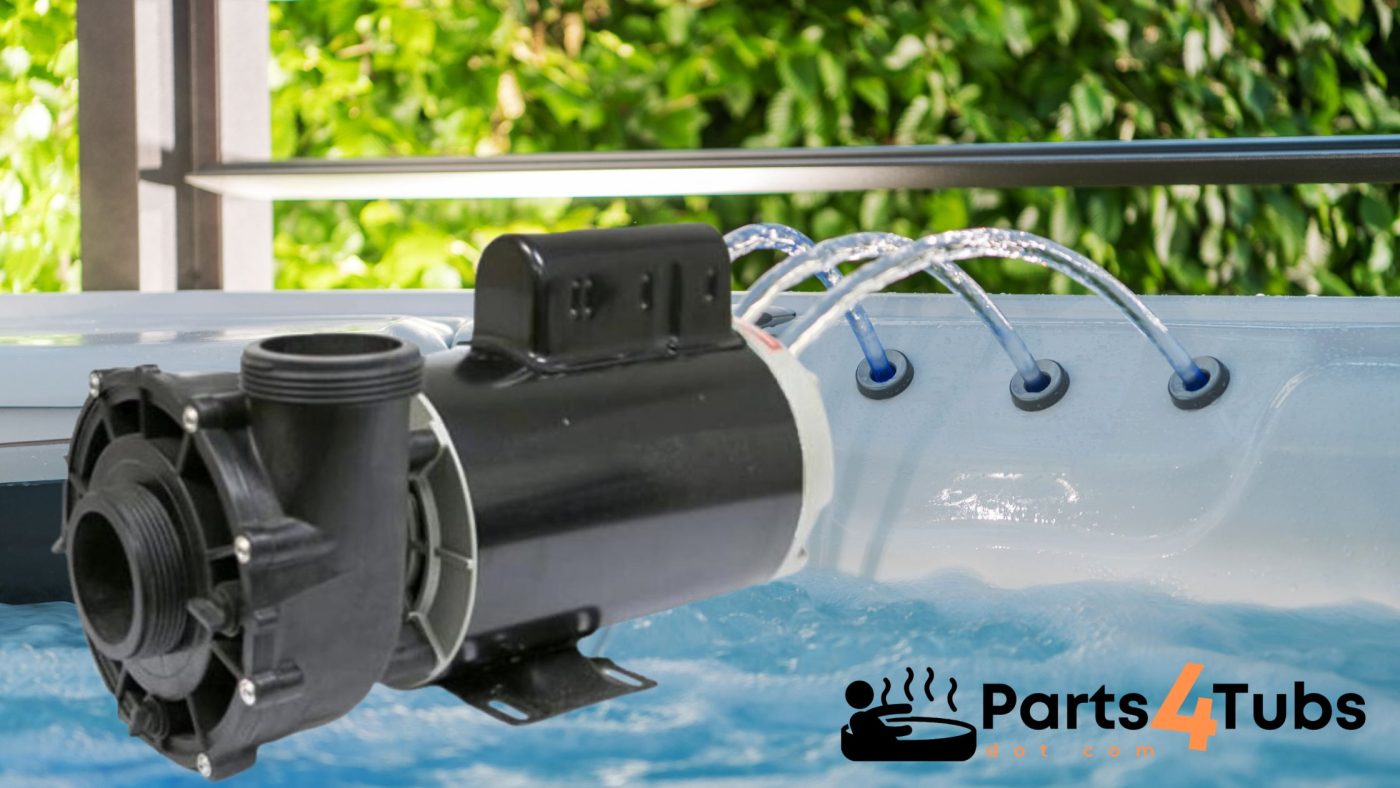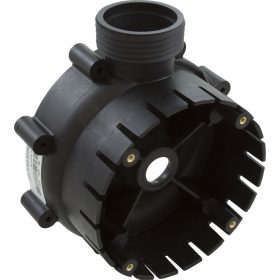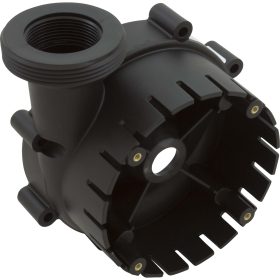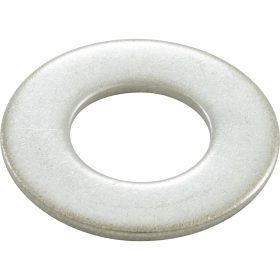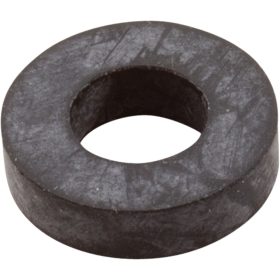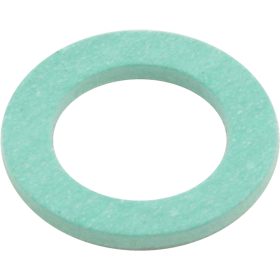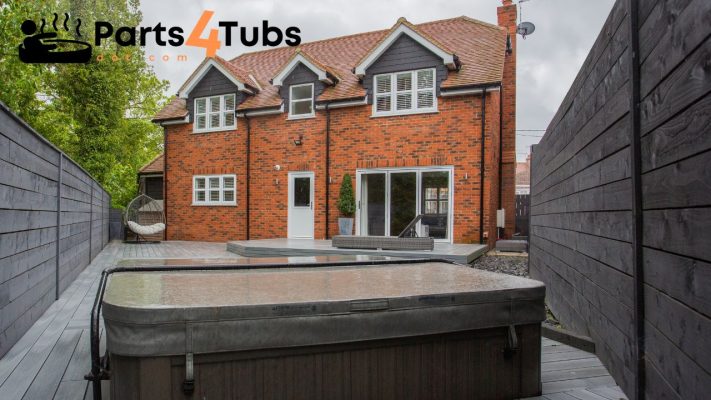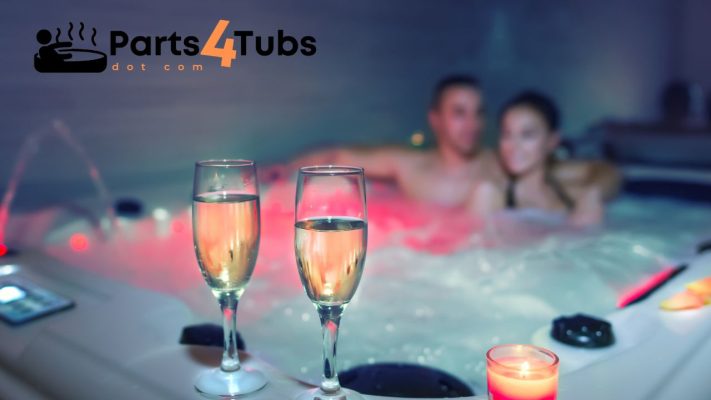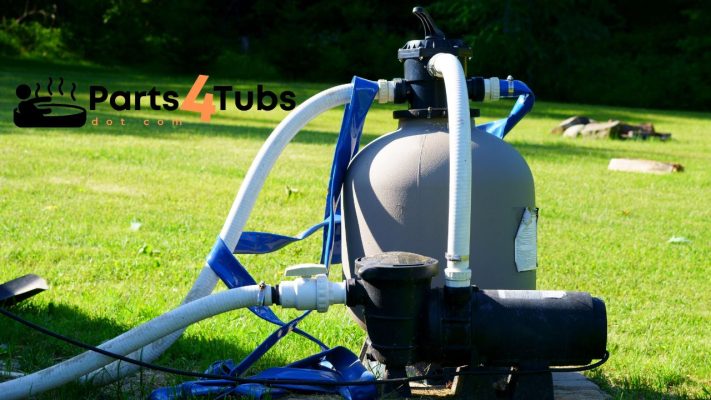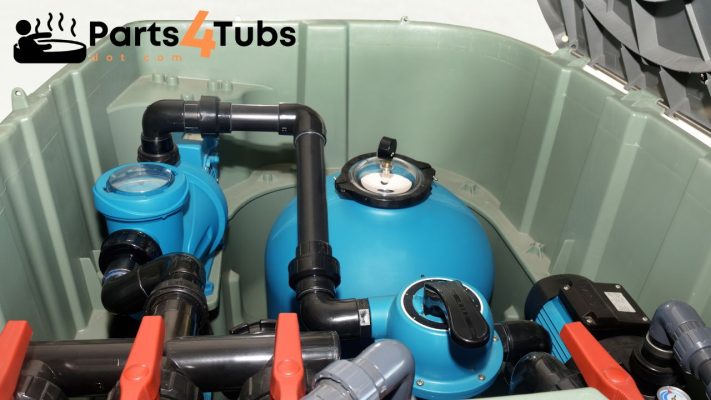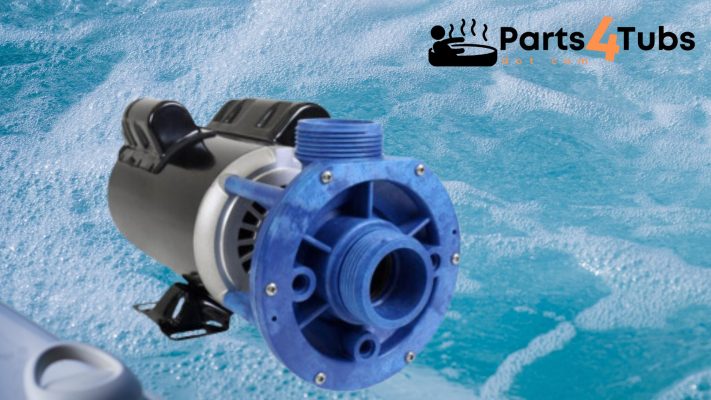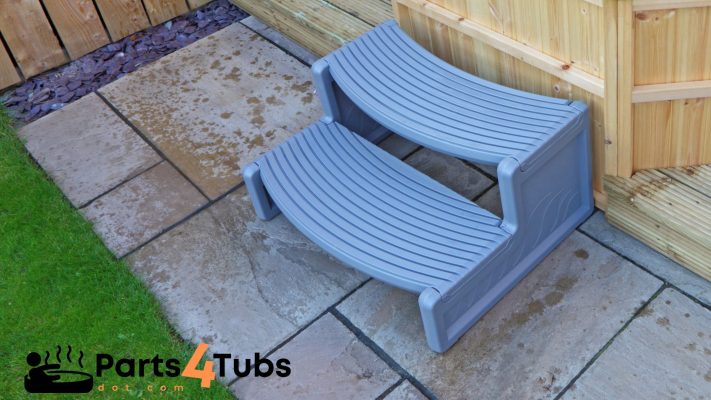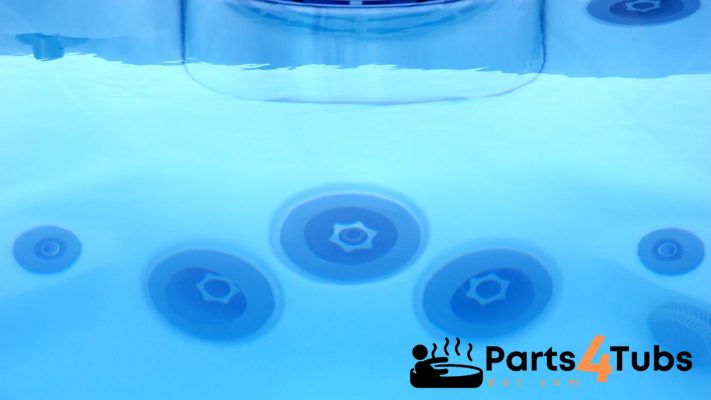Hot Tub Parts Related
The Ultimate Guide to Hot Tub Pumps
Hot tubs are synonymous with relaxation and rejuvenation, providing a soothing escape from the pressures of daily life. At the heart of every hot tub is a crucial component that powers its water circulation and jet action: the hot tub pump. In this comprehensive guide, I will explore the role of a hot tub pump, the various types available, differences between pumps, frame size considerations, essential pump parts, and additional components. Let’s dive in!
The Role of a Hot Tub Pump
A hot tub pump plays a vital role in maintaining the water’s cleanliness, temperature, and circulation. It ensures that the water is filtered, heated, and effectively distributed throughout the tub. By powering the jets, the pump creates the invigorating and therapeutic massage experience that hot tub enthusiasts crave. No pump, no hot tub!
Types of Hot Tub Pumps
There are two primary types of hot tub pumps:
Circulation Pumps: These pumps are responsible for continuous water circulation, filtration, and heating. They operate at lower speeds and are designed to run continuously, whilst heating but will run periodically throughout the day to ensure that the water remains filtered and heated even when the jets are not in use. Circulation pumps help maintain water quality and prevent the build-up of debris or stagnant water by keeping it moving.
Jet Pumps: Jet pumps are responsible for delivering the exhilarating hydrotherapy experience in hot tubs. They produce the forceful water flow that creates the massage-like sensation. Jet pumps are typically more powerful and offer various speeds and configurations to control the intensity of the jets.
Differences in Hot Tub Pumps
Hot tub pumps can be classified based on their speed and purpose:
Dual-Speed Pumps: These pumps have two speed settings: low and high. They serve dual purposes, allowing you to use one speed for circulation and filtration, and the higher speed for activating the jets. The flexibility of dual-speed pumps enhances energy efficiency and control over water flow.
Single-Speed Pumps: Single-speed pumps operate at a fixed speed and are dedicated to either circulating and filtering the water or powering the jets. They are less versatile than dual-speed pumps but can still provide reliable performance. The horsepower rating of a pump determines its power output, with higher horsepower pumps delivering stronger water flow.
Understanding Frame Size and Measuring a Hot Tub Pump
When it comes to hot tub pumps, understanding frame size is crucial for proper installation and replacement. The frame size refers to the physical dimensions and mounting configuration of the motor, and it is important to ensure compatibility with your hot tub. Here’s how to measure the frame size of a hot tub pump:
- Identify the pump housing: Locate the pump housing, which is the portion of the pump that contains the motor and impeller. It is usually located at the back of the pump.
- Measure the distance between the mounting holes: Using a tape measure or ruler, measure the distance between the two mounting holes on the pump housing. The mounting holes are the points where the pump is secured to the hot tub or its mounting base.
- Determine the frame size: Compare the measured distance between the mounting holes with the standard frame sizes of 48 and 56. Typically, a distance of approximately 4 inches indicates a 48-frame pump, while a distance of around 5.5 inches corresponds to a 56-frame pump.
- Verify the frame size with the manufacturer: To ensure accuracy, it’s recommended to consult the hot tub manufacturer or the pump manufacturer’s specifications to confirm the frame size of your pump. They can provide the most accurate information regarding frame size requirements for your specific hot tub model.
Remember, selecting the correct frame size is essential to ensure proper alignment, mounting, and functioning of the pump. If you are unsure about measuring the frame size or need assistance, get in touch I am sure I can help.
By accurately measuring the frame size of a hot tub pump, you can ensure a seamless replacement process and maintain the optimal performance of your hot tub system.
Essential Pump Parts
To comprehend the inner workings of a hot tub pump, it’s essential to familiarize yourself with its main components:
- a) Inward Suction: This is the intake point where water enters the pump for circulation or jet action. This is usually at the front of the pump.
- b) Discharge: The discharge is the outlet through which water exits the pump and is redirected back into the hot tub. This can be at the side or on top of the pump.
- c) Wet End: The wet end of a pump houses the impeller, which generates water flow and pressure. It also contains the seals and bearings that prevent water from leaking into the motor.
- d) Motor: The motor is the power source of the pump, driving the impeller and creating water movement. Motors can be electrically powered and come in various horsepower ratings.
- e) Capacitors: Capacitors are electrical components that assist the motor in starting and running smoothly. They store and release electrical energy as needed during the pump operation.
Extra Parts for Hot Tub Pumps
In addition to the core components, hot tub pumps often require additional parts, such as pump unions. Pump unions are fittings that connect the pump to the hot tub’s plumbing system. They provide a secure and leak-free connection to the rest of the hot tub plumbing pipework and allow for easy pump removal and maintenance. Pump unions come in different sizes, so it’s important to select the appropriate size that matches your pump and plumbing configuration.
How to Replace a Hot Tub Pump
Replacing a hot tub pump may be necessary if the existing pump malfunctions or requires an upgrade. Here’s a step-by-step guide to help you through the process:
- Preparation and Safety Measures:
- Turn off the power: Locate the circuit breaker or disconnect switch for the hot tub and turn off the power supply to ensure your safety during the replacement process.
- Drain the hot tub: Follow the manufacturer’s instructions to drain the hot tub completely before proceeding with pump replacement.
- Gather necessary tools: Prepare the tools you’ll need, including a screwdriver, pliers, pipe wrench, electrical tester, and any other specific tools recommended by the manufacturer.
- Removal of the Old Pump:
- Access the pump: Locate the existing pump, usually located at the back of the hot tub. It may be secured with mounting brackets or screws.
- Disconnect electrical connections: Carefully disconnect all electrical connections leading to the pump. Take note of the wiring configuration or take pictures to assist with reconnecting the new pump.
- Disconnect plumbing connections (unions): Use pliers or a pipe wrench to loosen and disconnect the plumbing connections from the pump. Be prepared for any residual water to drain out.
- Remove the old pump: Once all connections are detached, carefully lift and remove the old pump from its mounting location.
- Installation of the New Pump:
- Choose a compatible replacement: Ensure the new pump is compatible with your hot tub model, considering factors such as frame size, horsepower, and plumbing connections.
- Position the new pump: Place the new pump in the same mounting location as the previous one, aligning the plumbing connections and mounting holes.
- Reconnect plumbing connections: Attach the plumbing connections (unions) to the new pump, ensuring a secure fit. Use pliers or a pipe wrench to tighten any threaded fittings, taking care not to overtighten.
- Reconnect electrical connections: Refer to the notes or photos taken during the disconnection process. Reconnect the electrical wires according to the manufacturer’s wiring diagram or color-coded instructions.
- Secure the new pump: Use mounting brackets or screws to secure the new pump in place. Ensure it is stable and properly aligned.
- Testing and Final Steps:
- Restore power: Turn on the power supply at the circuit breaker or reconnect switch and ensure that the pump receives electrical power.
- Test the new pump: Use the hot tub control panel to activate the pump and verify its functionality. Check for any abnormal noises, leaks, or error messages. Don’t run the pump dry (without any water in the tub) for any longer than a few seconds.
- Fill the hot tub: Once the new pump is confirmed to be working correctly, refill the hot tub with water according to the manufacturer’s instructions.
Conclusion:
Hot tub pumps are the driving force behind the enjoyable and therapeutic experiences we cherish in our hot tubs. Understanding their role, different types, speed options, frame sizes, essential parts, and additional components will empower you to make informed decisions when it comes to maintaining or replacing your hot tub pump. By ensuring the proper functioning of your hot tub pump, you can maximize the enjoyment and longevity of your hot tub.
Can I Help You?
If I can help you in any way I would love to hear from you. You can get in touch using the form below.
Thanks - Andi

